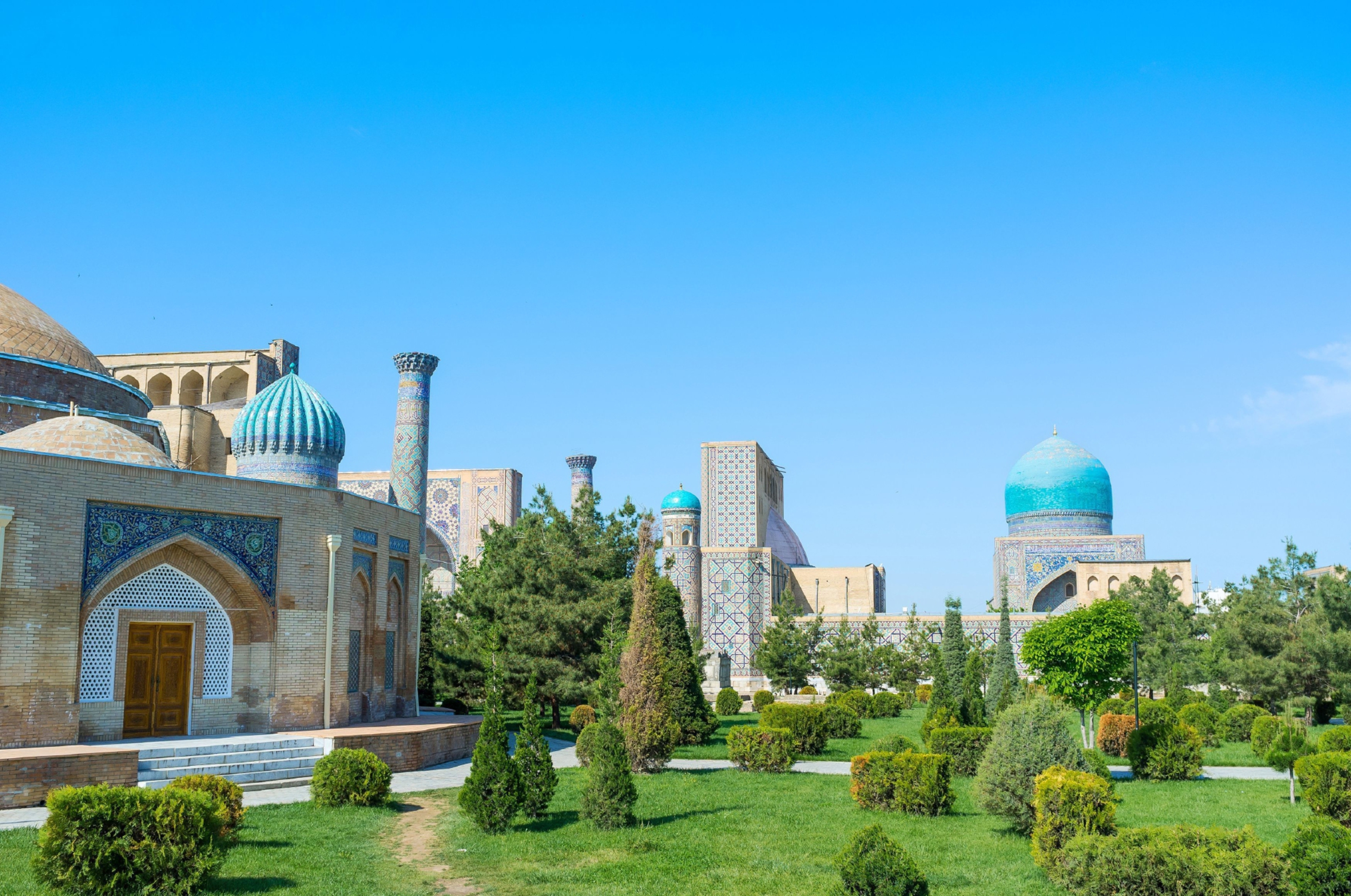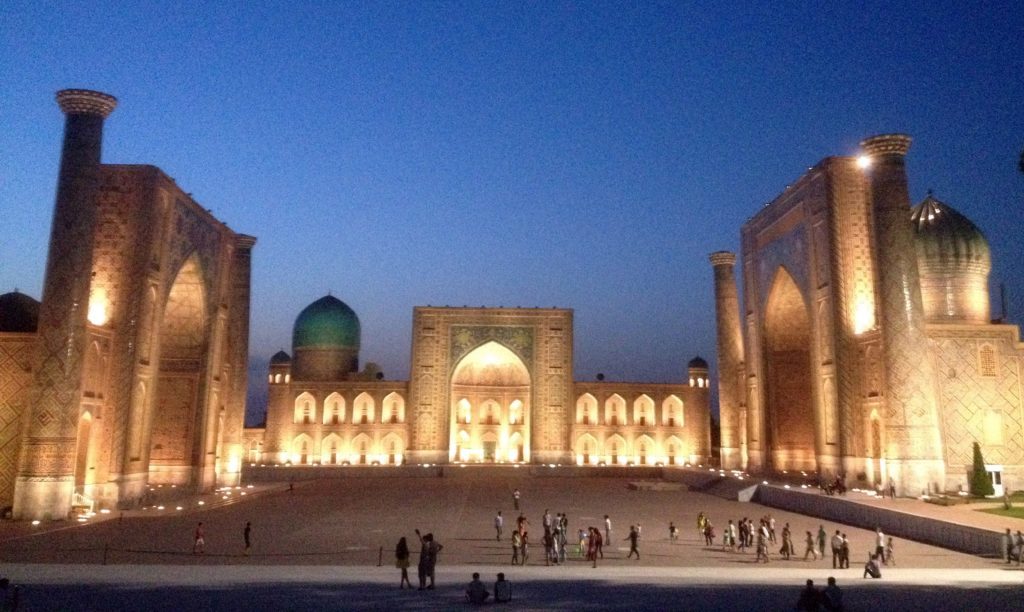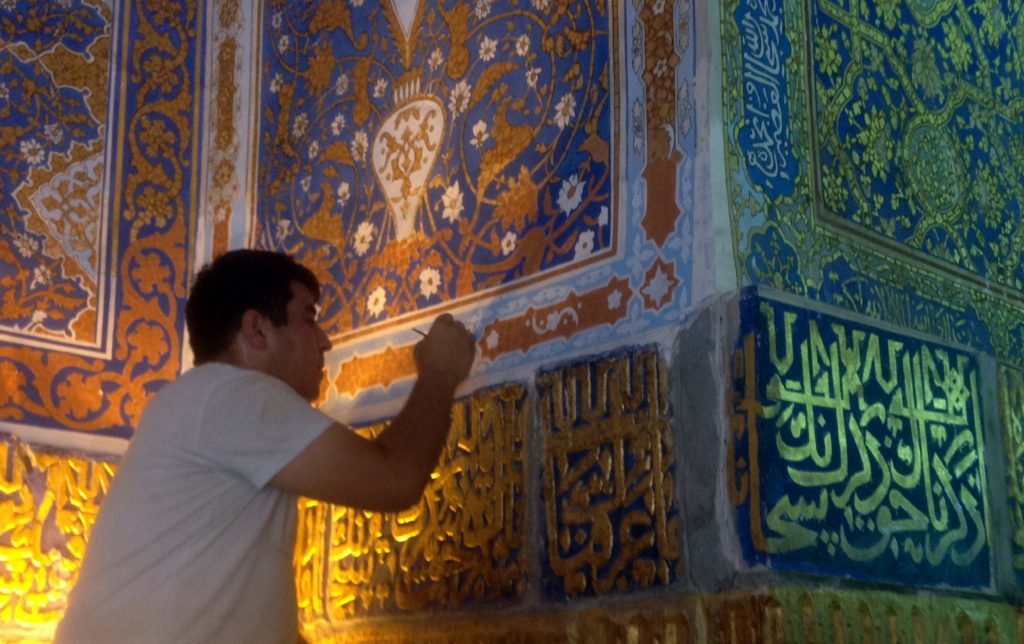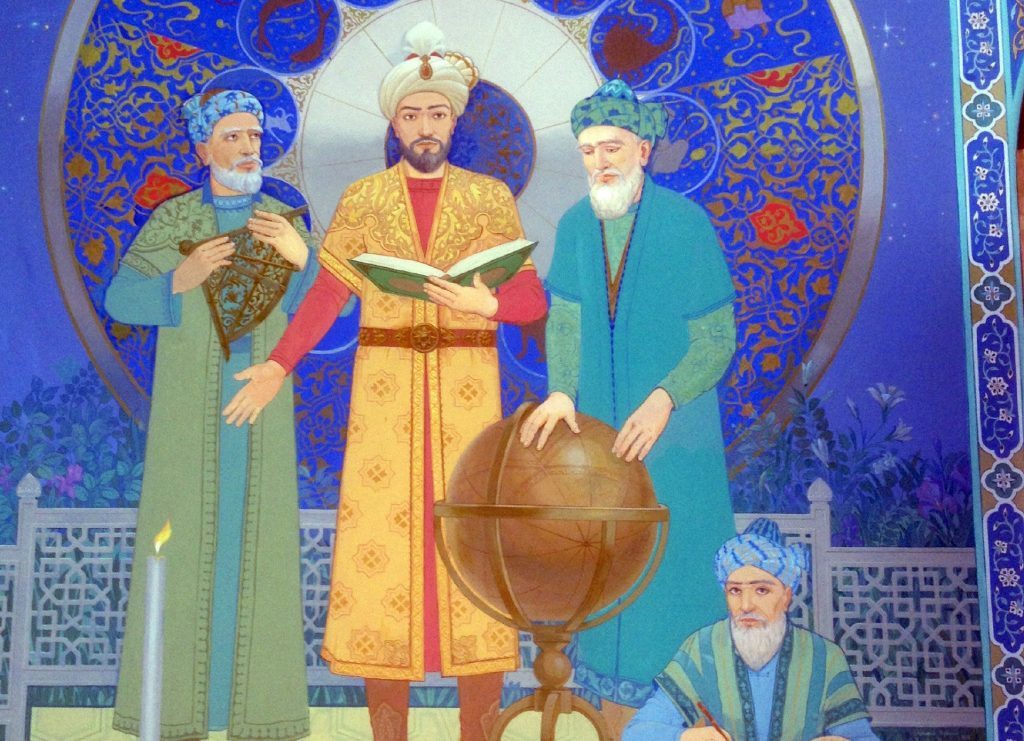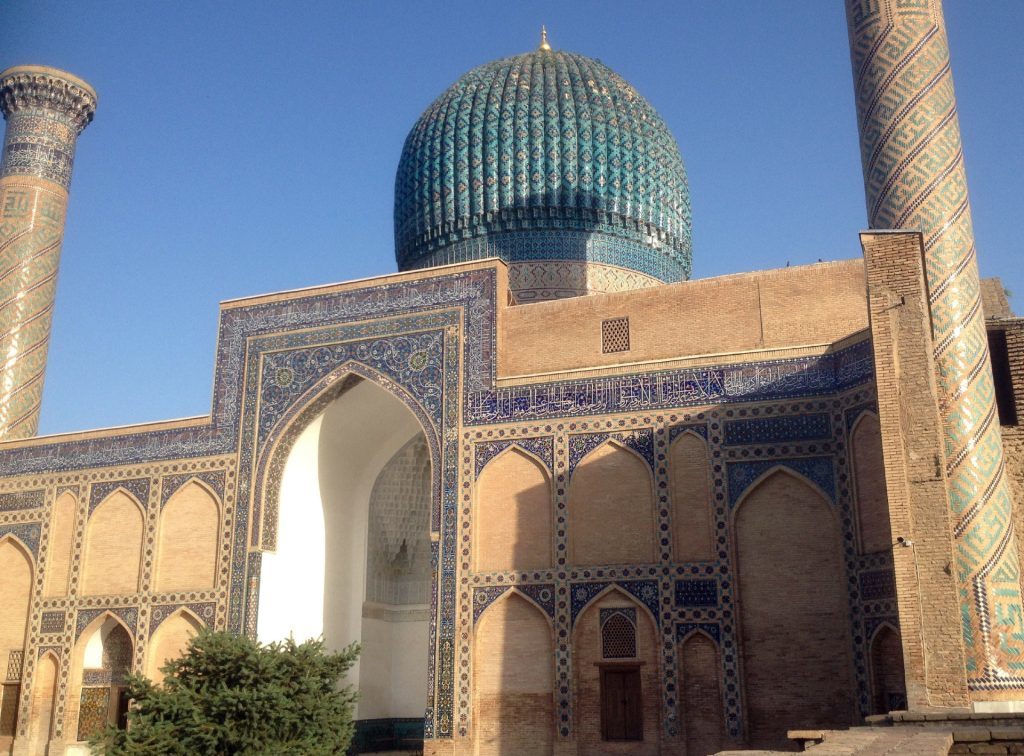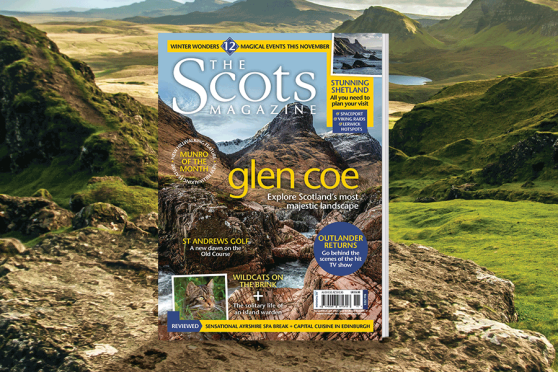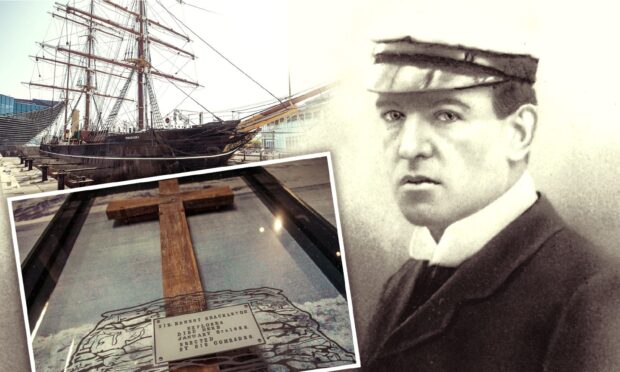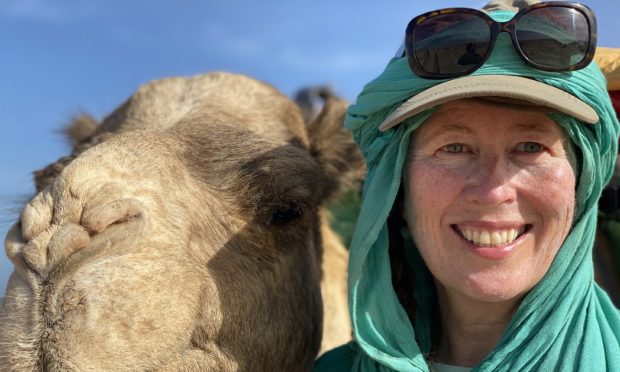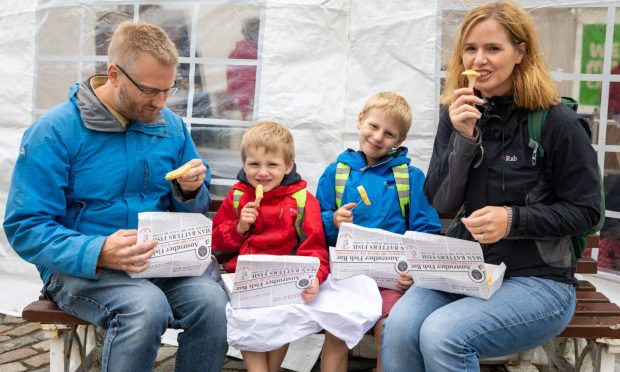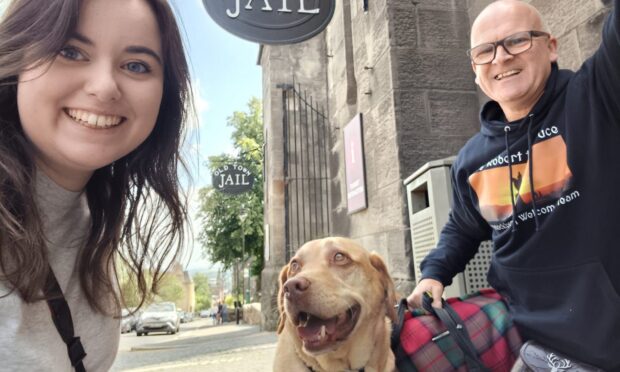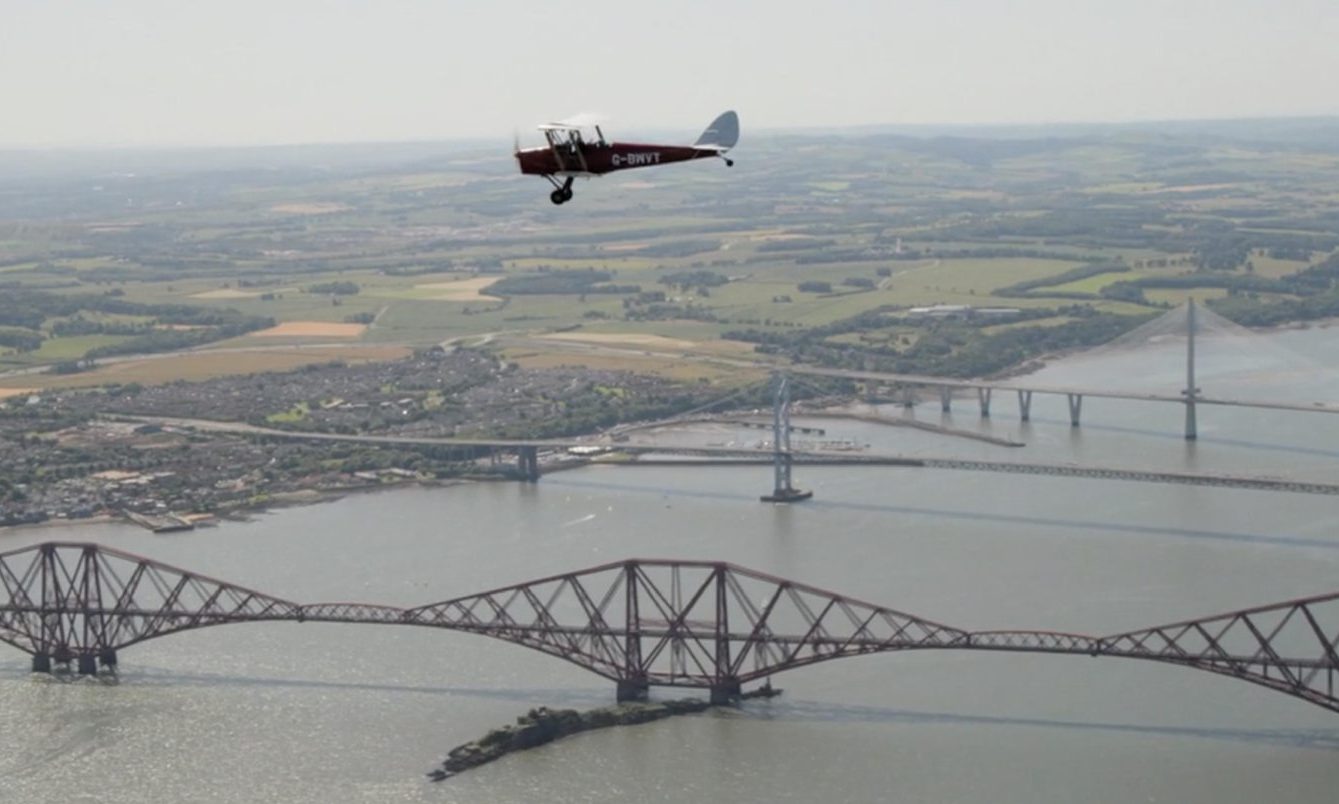Once part of the Silk Road trading route, Samarkand is one of the oldest inhabited cities in Central Asia. Alex Dudok de Wit discovers it’s the highlight of a trip to Uzbekistan
There are tourist attractions, such as Beijing’s Forbidden City, that don’t grab you so much as creep up on you, working their magic by degrees. There are those whose sheer impact is deadened by familiarity: the Eiffel Tower, the Taj Mahal. Then there are the ones that take you by surprise.
The Registan in Uzbekistan’s Samarkand is one of these. I slip under a row of mulberry trees, turn a corner, and it’s there: a vast flagstoned plaza flanked on three sides by towering madrasas (Islamic schools), their azure mosaics glinting in the night illuminations, their minarets reaching for the moon.
It is late, and I have the place to myself. I spend an hour wandering through its silent courtyards, admiring the snaking calligraphy, the ribbed turquoise domes, the eccentric lion motifs, the dizzying gold leaf patterns. Knowing little about this complex before I came, I am bowled over by its outrageous beauty.
The emir of Samarkand began work on the oldest of the three madrasas in the 15th century, when this Silk Road dominion was the cultural hub of Central Asia.
The road – more a network of routes – carried silk, spices, slaves, stones and ideas across Eurasia, and Samarkand grew rich from the trade. The depredations of Timur, the Turco-Mongol warlord who made the city his capital in 1370, only added to its coffers. His dynasty oversaw a construction boom and a flourishing of arts and academia. In its full imperial pomp, the Registan – the old heart of the city – symbolises Samarkand at the peak of its power.
As the Silk Road was superseded by the sea trade, the city declined and fell under the sway of the Russians. Today, situated in Uzbekistan, it retains much of its old-world charm. Its monuments are remarkably well-preserved (if sometimes overzealously restored). The tourism infrastructure is decent, and at every turn I’m hailed by carpet sellers or guides hawking camel trips in the desert – after all, the greatest product on the old Silk Road is now the Silk Road itself. European visitors are beginning to come, and their number will only increase as the Middle East is engulfed by violence.
My first stop is Timur’s mausoleum. It is a fitting introduction to Samarkand, as it contains many of the city’s architectural trademarks: the fluted Persian dome, the dazzling azure mosaics, the matte terracotta bricks. Their influence is felt in the buildings of India’s Mughal Empire (which was founded by Timur’s descendants), among them the Taj Mahal.
Inside, the warlord lies beside his sons and teacher, his tomb marked by a block of dark green jade. Stalin, a great admirer of Timur, ordered the tomb to be opened in defiance of the curse placed upon it. The next day, the story goes, Hitler invaded the Soviet Union.
I can see why Stalin was a fan: Timur matched him for ruthlessness and capriciousness. But he is judged by the standards of his time, and on his glorious cultural legacy. As a result, he is a national hero, while Stalin is a monster.
There is also the fact that Stalin led the Soviet Union, under whose watch Uzbekistan’s agriculture was wrecked and people were brutally oppressed. The country hasn’t forgotten this.
The official line is that Russian imperial rule was tolerable, the Soviets abominable, and the current leader unimpeachable. A quick Google search challenges this view: Uzbekistan’s President Karimov stands accused of jailing journalists and boiling political opponents alive, among other tyrannical pastimes. Of course, nobody mentions this.
A common lament among Uzbeks is that the Soviets crushed their religion. While there has been a resurgence since independence in 1991, Karimov retains a firm grip on religious institutions, and the majority Sunni population are careful not to display their faith too publicly.
An upshot of this is that most of the country’s famous mosques and madrasas have been secularised. Many are now museums. Inside the staggering Bibi-Khanym Mosque, one of the world’s biggest, I just find a gift shop.
When I veer away from the tourist zones, however, Samarkand’s rich religious history comes to life. Together with a few others from my tour group, I head into the spaghetti alleyways of the city’s old town. We pass intricately carved mulberry doors, some opening out onto tranquil residential courtyards. We encounter a crowd of Muslim men standing in solemn prayer, their palms upturned before them: a funeral. On a doorpost, Hebrew lettering and a star of David announce our destination.
We have come to see the Gumbaz Synagogue, the home of the city’s Jewish community. The Bukharan Jews, named after the Emirate of Bukhara that used to cover this region, have lived here for millennia; they were once major players in Silk Road commerce. Lately, though, they have emigrated en masse to Israel and Queens, New York, leaving behind a dwindling, ageing population.
A man with tired eyes introduces himself as the rabbi. He leads us into the two modest congregation spaces: one for Ashkenazi Jews, one for Bukharans. He shows us a collection of antique Talmuds (textbooks) brought here by Poles fleeing the Nazis. With a weary smile, he explains that the Jewish population has fallen from its peak of 35,000 to 250.
I ask him whether he might ever leave Samarkand, and he replies simply that this has always been his home. As we leave, he points proudly to his chicken coop. “Those birds were born here,” he says.
We wend our way back through the alleys, stopping to buy loaves of crispy bread. A local approaches me with a bag of fine powder, green like Timur’s jade, and invites me to sniff a bit. Diplomatically, I take some, and my head sets on fire. This stuff is more chilli powder than snuff. The man grins, slaps my shoulder and walks off, leaving me in floods of burning tears.
On my last morning, I return to the Registan for a final look. At the base of a minaret, I slip the guard a note, and he lets me in the tower. Hundreds of steps later, I emerge onto the balcony and look down. All of Samarkand stretches out beneath me: a dust-flecked spread of stone and terracotta dotted with luminous blue domes.
The city shimmers in the sandy haze. And right at this moment, I don’t want to come down.
TRAVEL FACTS
Alex Dudok de Wit was a guest of G Adventures (www.gadventures.co.uk; 0344 272 2040) who offer a 10-day Best of Uzbekistan small group adventure from £749pp. This includes all accommodation, including one night in a yurt and one on a sleeper train, breakfasts and two dinners, a chief experience officer (CEO) throughout the trip, transportation and most activities. Prices do not include flights.
